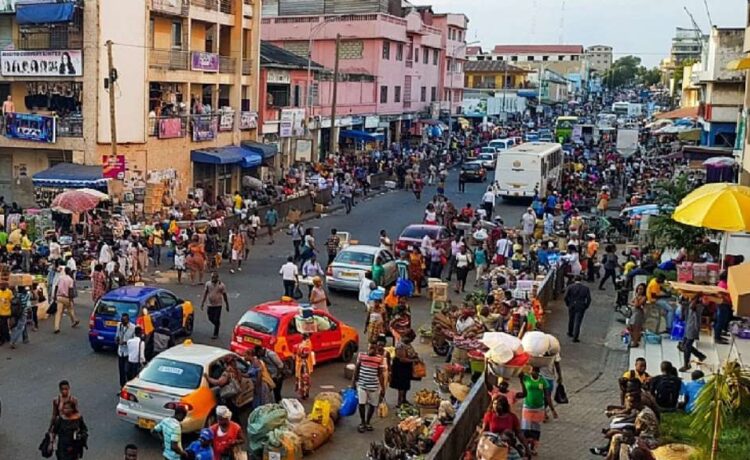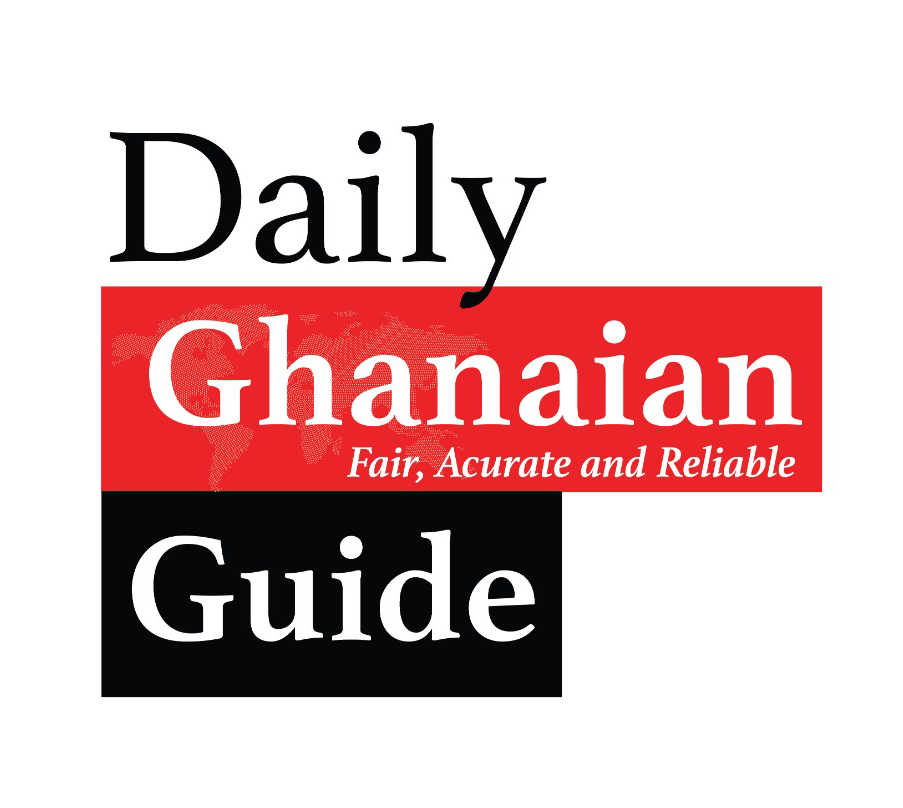Ghana’s urban population has increased from 50.9 percent in 2010 to 56.7 percent in 2021 with a total population of 30.8 million people.
Professor Kobina Annim, the Government Statistician, said 47.8 percent of the increase in the urban population was in the Greater Accra and Ashanti regions.
Greater Accra, Ashanti, Eastern and Central regions had more than 50 percent of the country’s population, he said on Thursday at the launch of the 2021 Population and Housing Census general report.
The population figures are made up of 15,610,149 females, representing 50.7 percent and 15,182,459 males, representing 49.3 percent, giving a national sex ratio of 97 males for every 100 females.
However, in rural areas, males outnumber females by 0.3 percent.
Also in six regions, males outnumber females, ranging from 5.1 percent in Western North to 0.5 percent in Bono East.
Male populations below 20 years outnumber their female counterparts in all the regions, except Greater Accra.
People in the age group of 30-64 years, predominantly the working age category, are dominated by males in Western North, Ahafo and Western regions.
Prof Annim said the annual inter-censal population growth rate between 2010 and 2021 was 2.1 percent, the lowest since independence and varied from 3.7 per cent in the Northern Region to 1.0 percent in the Eastern Region.
The Government Statistician said the average household size decreased between the years, 2010 and 2021 in both urban areas from 4.1 to 3.3 and rural areas from 5.0 to 4.0.
He said national population density, which was the number of persons occupying a square kilometre of area, increased by 26 persons between 2010 (103) and 2021 (129).
The Greater Accra region recorded the highest increase of 445 persons from 1,236 to 1,681, while the Savannah region recorded the lowest of 6 persons from 13 to 19.
On district ranking, he said the top five districts with the highest population were: Kumasi Metropolitan, Kpone Katamanso, Tamale Metropolitan, Ga South and Sagnarigu Municipal.
He said the country’s population age structure was transitioning from one dominated by children from 0-14 years to one dominated by the youth from 15-35 years, adding that the higher concentration of youth population was in the urban areas.
Prof Annim said a total of 17,931,673 people, which constituted 58 percent of the population were 18 years and above.
He said 294,341 of the enumerated population, which constituted one percent of the figure, were non-Ghanaians and that nine out of 10 non-Ghanaian population of 270,838 were from the ECOWAS region.
Also, one out of every eight married persons had not registered their marriages, while more women than men were separated, divorced or widowed.
He said majority of persons were born in the localities where they were enumerated with a higher proportion for males than females.
Prof Annim said 68.6 percent of the population had health insurance coverage with higher coverage for females than males.
Touching on religious affiliation, he said 74.7 percent of Christians were in the urban areas, with 66.9 percent in the rural areas.
He said Islam had 20.4 percent in the urban areas and 19.2 percent in the rural areas.
For other religions – 3.3 percent of the practitioners were in the urban areas and 6.1 percent in the rural areas.
The Government Statistician said Traditional religion had 0.8 percent in the urban areas and 6.5 percent in the rural areas.
Source: GNA






